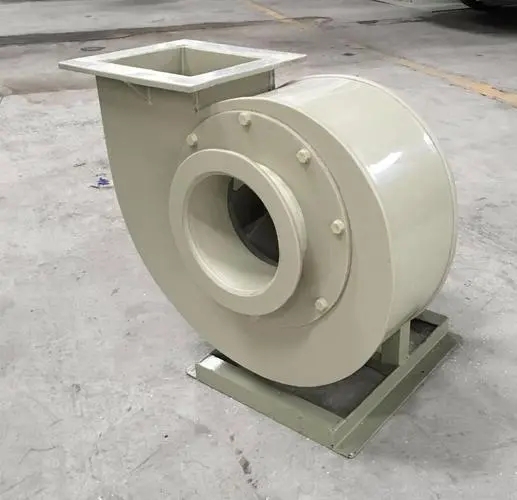IEC 60811 Standards for Testing and Evaluating Insulated Cables in Factory Settings
Understanding IEC 60811 A Comprehensive Guide for the Cable Industry
The International Electrotechnical Commission (IEC) has laid down a series of standards that govern the quality and safety of electrical and electronic equipment. Among these, IEC 60811 stands out as a critical standard in the cable industry, focusing on the test methods for the assessment of insulation and sheath material used in cables. This standard is crucial for ensuring the reliability and performance of electrical cables in various applications, from industrial settings to household wiring.
What is IEC 60811?
IEC 60811 is an international standard that specifies test methods for determining the properties of non-metallic materials that are used as insulation and sheathing for cables and wires. The standard encompasses a range of physical, mechanical, and thermal properties, which are essential for evaluating the suitability of materials in specific environments. It lays out methods for testing tensile strength, elongation at break, heat stability, and other critical parameters.
Importance of IEC 60811 in Cable Manufacturing
The importance of IEC 60811 cannot be overstated in the manufacturing process of electrical cables. By adhering to the guideline set forth in this standard, manufacturers can ensure that the materials used in cable construction meet a high level of safety and performance. This, in turn, reduces the likelihood of failures in the field, promoting reliability and longevity in cable systems.
For end-users, cables that comply with IEC 60811 standards provide peace of mind. Knowing that a product has undergone rigorous testing means that it can handle various environmental stresses, including heat, moisture, and mechanical wear. This compliance is particularly crucial in industries such as telecommunications, automotive, and construction, where the cable's failure can lead to significant safety hazards and financial losses.
Key Tests Under IEC 60811
iec60811 factory

IEC 60811 outlines several key tests that materials must undergo to comply with the standard. These include
1. Tensile Strength and Elongation These tests evaluate the material's ability to withstand tension before breaking, which is essential for the durability of cables under stress. 2. Heat Stability This test assesses how well the material retains its properties at elevated temperatures, ensuring that cables function effectively even in high-temperature environments.
3. Ozone Resistance Cables are often exposed to ozone, which can cause degradation. Testing for ozone resistance ensures that cables can withstand such environmental factors.
4. Ageing Tests These tests determine how materials behave over time under specific conditions, giving insights into their longevity and performance.
5. Abrasion Resistance This test simulates wear and tear, which is critical for cables that may be subject to frequent movement or friction.
Conclusion
In a world increasingly reliant on electrical connectivity, compliance with IEC 60811 stands as a pillar of quality assurance in the cable manufacturing industry. It not only safeguards the performance and safety of electrical cables but also fosters consumer trust. For manufacturers, adherence to this standard means producing high-quality products that can not only meet regulatory requirements but also exceed the expectations of clients.
As technology advances and applications for cables continue to evolve, standards like IEC 60811 will remain instrumental in guiding manufacturers through the complexities of material performance, ensuring a future of safer, more reliable electrical products.
-
The Role of Tensile Force Testers in Quality Control and Material Science
NewsAug.01,2025
-
Maintenance and Safety Tips for Aging Ovens
NewsAug.01,2025
-
Density Balance in Forensic Science
NewsAug.01,2025
-
Advanced Optical Measurement Technologies
NewsAug.01,2025
-
A Buyer’s Guide to Tensile Test Machines
NewsAug.01,2025
-
Why the Conductor Resistance Constant Temperature Measurement Machine Redefines Precision
NewsJun.20,2025
 Copyright © 2025 Hebei Fangyuan Instrument & Equipment Co.,Ltd. All Rights Reserved. Sitemap | Privacy Policy
Copyright © 2025 Hebei Fangyuan Instrument & Equipment Co.,Ltd. All Rights Reserved. Sitemap | Privacy Policy

